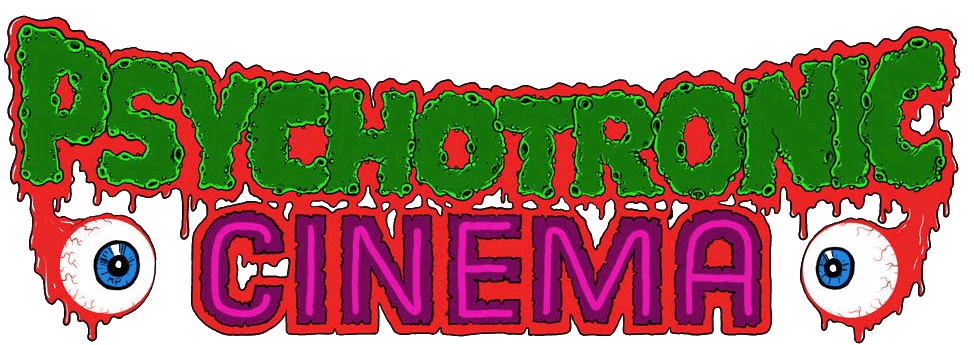The Criminal Code was the first film of real note that Howard Hawks made in his long and famously varied career. It was only his second talkie after The Dawn Patrol, but in The Criminal Code, Hawks was already revolutionising the use of sound. It’s also an excellent crime movie with some real knock-out performances, including a pre-Frankenstein Boris Karloff. Karloff would also appear in Hawks’ next film, Scarface, in 1932.
Walter Huston plays D.A. Mark Brady, who eventually becomes warden of a prison where many of the prisoners incarcerated turn out to be people he prosecuted. Philip Holmes plays Robert Graham, who is one of the men Brady took down for manslaughter. Brady knew that he was innocent, but did it anyway—but when they meet again he gives him a second shot as his valet. However great the main story, is what stands out is Boris Karloff’s stunning turn as the violent Ned Galloway, one of Graham’s cellmates.
It’s one of the most impressive early talkies, especially with its expressionist look (something Hawks was not known for) and use of sound. This includes overlapping dialogue, something almost unheard of at the time. The performance from Karloff stands out so much that you get the sense filmmakers and producers of the time were just… we need somebody menacing… GET THAT GUY! Karloff had previously done the role in the stage version. Walter Huston, who was an excellent actor in his own right, has a morally complicated role in which he excels. Phillips Holmes is a bit bland, but when you are in the middle of actors as good as Karloff and Huston, how could you not be?
The Criminal Code is an excellent early crime film from an early Hollywood masters whose films still feel very modern. It might even be a better film than Scarface, which has certainly overshadowed the film in Hawks’ career, partly due to its notoriety over the years. Like many of the ’30s prison movies, the film displays an open distrust of the US legal and penal system that will be lost as the production code ramps up through the decade.
Constance Cummings also appears as an early example of the Hawksian woman, who was always a fast-talking, up-front woman who is equal to her male counterparts but generally also has a certain degree of sex appeal, Jean Arthur and Lauren Bacall are two examples of actresses who played Hawksian women.
The release from Indicator has an excellent array of extras, including a new commentary from film historian Nora Fiore. Kim Newman does an extensive overview of Boris Karloff’s career, focusing on some of his non-horror roles. Jonathan Bygraves contributes a video essay on the various adaptations of Martin Flavin’s original play. TheLux Radio Theatre adaptation with Edward G. Robinson is also included. The highlight, however, is audio of John Carpenter doing a masterclass on Hawks from 1997, taken from a BFI retrospective on Hawks. Image galleries of on-set and promotional stills, along with images from the lost Spanish-language version, El código penal, join the list, which is capped with a booklet that includes a new essay by Philip Kemp, “Howard Hawks on The Criminal Code,” an archival article on Hawks by Henri Langlois, and an overview of contemporary critical responses
★★★★
Ian Schultz
